In London, Isaac Julien’s survey at Tate Britain, ‘What Freedom is to Me’ (until 20 August), is reminding visitors how sumptuous and immersive video art can be, while in New York, ‘Signals: How Video Transformed the World’ at the Museum of Modern Art (until 8 July) is exploring the radical and conceptual aspects of the medium.
Video artists are among the most exhibited at major biennials in recent years. Film-maker Korakrit Arunanondchai, for example, has participated in no less than 15 biennials since 2018 including Venice, the Whitney Biennial and Performa; his work is currently on show at the Art Encounters Biennial in Timișoara, Romania (until 16 June). But as our latest analysis in the June issue of Apollo reveals, the gulf between critical and curatorial admiration for film and video versus its status in the art market has never been greater.
Here, Jane Morris speaks to six leading figures in the art world about the challenges of collecting and exhibiting video art.
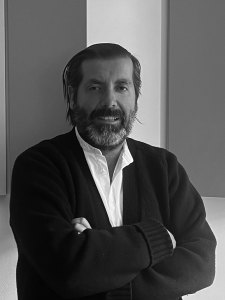
Sebastian Montabonel
Sebastian Montabonel
I have about 35 videos in my collection. It’s a very important art form, but extremely limited in terms of speculation. There’s barely any secondary market at auction, so if one day you need to resell you have to go through the artist’s gallery. Works do sell through galleries if they are important, but slowly.
The upside is that works are generally much cheaper and, as a collector, buying video gives you much greater visibility. If you had a budget of, say, $1 million and dedicated it to film and video, every single top museum and gallery would talk to you: you would be seen as a leading collector. If you have that to spend on painting, you would be lucky if the major auction houses even put you on the list for free catalogues.
Sebastian Montabonel is the chief executive and artistic director of The Island and founder of the art consultancy firm Montabonel & Partners.

Han Nefkens. Photo: Roberto Ruiz
Han Nefkens
I knew right away when I started collecting that the works I bought would go to museums on loan as promised gifts, so I could look at series, installations and video – things that wouldn’t necessarily fit in my house or would take up a lot of space in storage. The first thing I ever bought, in 2000, was a video installation by Pipilotti Rist, which I don’t think many other private collectors would buy.
I then started to focus on the production of video art because making a video is very expensive, particularly for emerging artists. Few museums have the money to finance production, and it’s risky because the results may not be as expected. I also noticed how many artists, particularly in Asia, were working in video. Looking back, it is one of the best decisions I’ve made because there is a niche in the market and it has been very rewarding to support so many artists over the years.
Han Nefkens is an art collector and the founder of the Han Nefkens Foundation, which gives grants to video artists and shows work in collaboration with art institutions worldwide.

Lisa Long. Photo: Agustín Farias
Lisa Long
[The Julia Stoschek Foundation] is one of the biggest private collections of time-based art in the world – few private collectors commit to film and video at this scale. For us it is important to support artists through collecting because this work often sells for less than a painting or sculpture, even though production costs can be quite high. The collection is fully digitised and original media is held in a state-of-the-art depot in Dusseldorf, which is absolutely necessary for preservation. Video deteriorates over time, so we are constantly fighting obsolescence.
A lot of the viewing conditions for video are less than ideal and we want to provide spaces that make audiences feel comfortable with the art form. People are often afraid of not understanding the art they encounter, but video art is generous in what it gives to viewers. In Berlin, we have attracted young and committed audiences: the form reflects the way they make and circulate images, and it’s interesting for people to see the work in this designated space. Reactions are very diverse. I think it’s exciting to see some visitors realise that video and film can be art.
Lisa Long is artistic director of the Julia Stoschek Foundation.
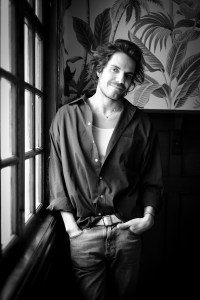
Alex Mor. Photo: Federico Bottia
Alex Mor
Sometimes you have to take a risk. We [mor charpentier gallery] have presented videos at art fairs and we are one of the few who do. Video art has always been a big part of our programme, and we can’t cut that out from the way we present the gallery to the world.
We have always focused on artists with a conceptual and politically engaged practice. Over time, we have built up a group of collectors that is not very big, but is very loyal. These people understand video art and they are faithful, but I’m not going to say that their number is increasing.
We have some collectors who have public exhibition spaces, but a lot do present video in a domestic space. How the work is presented is important and some installations need specific conditions. We sold a video installation recently that needs to be in the dark, and the collector put it in a bathroom that doesn’t have natural light. We were a bit scared about it at the beginning, but in fact it works really well.
Alex Mor is co-founder of mor charpentier gallery, Paris.
Isabella Maidment
Exhibitions of film and video have their own challenges. The primary issues are the acoustics and darkening the space. Sound spillage is an issue: it’s a case of building solid ceilings and installing acoustic panelling. It’s a great benefit to have conservators with specific expertise in time-based media.
Visitor flow – how people move through the space – is so important. One of the many things that Isaac Julien is brilliant at is thinking about ‘mobile spectatorship’. There were fabulous works we didn’t include [in the Tate Britain exhibition] because an encyclopaedic exhibition of his work would be too demanding time-wise on the visitor. With this show, visitors are able to take breaks during the day and re-enter with the same ticket.
We also put a digital countdown at the entrance to each installation so you can see exactly at what point you are entering the work. It can be very off-putting walking into a video installation and having no idea where you are in the duration of the work – it’s just not empowering. It’s a small detail, but one that shows respect for both visitor and the medium.
Isabella Maidment is senior curator at the Hepworth Wakefield and curator of ‘Isaac Julien: What Freedom is to Me’ at Tate Britain.

Louise Hayward. Photo: Melix Eichley
Louise Hayward
There’s no doubt that exhibiting moving-image work presents more challenges than painting. But since the early 2000s there’s been an explosion of film practice, especially among women and artists of colour. It’s a democratic medium that comes without all the art-historical baggage of painting. It’s continually fresh. Nowadays, anyone can make a film with an iPhone.
It is a challenge raising funding for production. I spend a lot of my time having conversations with different museums around John Akomfrah’s work and the other time-based artists I work with [at Lisson Gallery]. When a conversation develops into an exhibition opportunity, there is often an incentive for the artist to produce new work. Often museums collaborate as co-commissioners and we look for other grants to support production.
On the whole, multi-channel videos are an institutional acquisition. But we have presented video at Frieze in sound-proofed booths, and we have sold work that way to private collectors. I’m fortunate that Lisson has an innovative streak that goes back to its foundation. And many of us come from curatorial backgrounds, which gives us familiarity with a wide variety of media and practices.
Louise Hayward is senior director at Lisson Gallery.
Unlimited access from just $16 every 3 months
Subscribe to get unlimited and exclusive access to the top art stories, interviews and exhibition reviews.


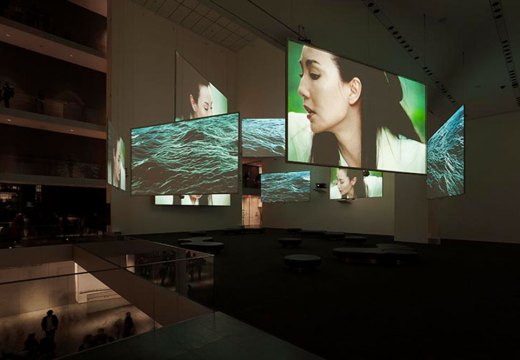
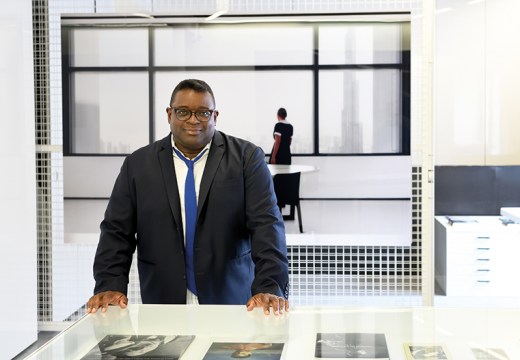
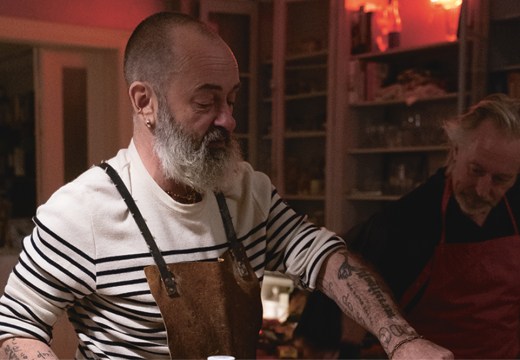









![Masterpiece [Re]discovery 2022. Photo: Ben Fisher Photography, courtesy of Masterpiece London](http://www.apollo-magazine.com/wp-content/uploads/2022/07/MPL2022_4263.jpg)
It’s time for the government of London to return to its rightful home